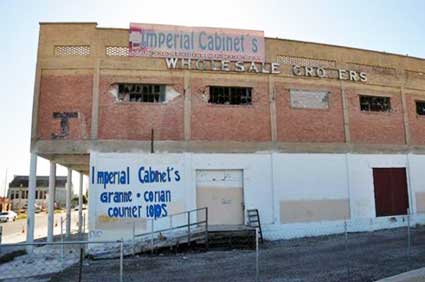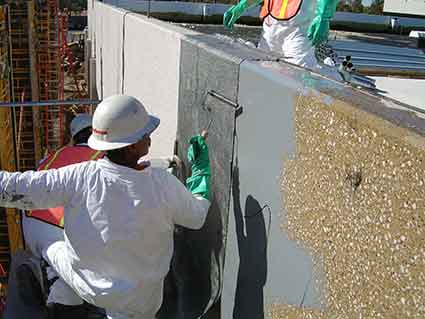Boosting Earthquake Resilience: Reinforced Concrete Structures Under Scrutiny
Shake, rattle, and maybe even tumble—these are the scenarios playing out in the minds of a group of young engineers from Tufts University. These innovators are currently deep into evaluating reinforced concrete buildings with masonry infill walls to understand how they fare during earthquakes. Their bold aim? To push a building located in El Centro, California, to the edge of collapse using a series of intense simulations.
With California being one of the most earthquake-prone states in the U.S., these experiments hold immense significance. The findings will play a critical role in refining analytical models that engineers use to evaluate the seismic safety of similar structures, no matter where they're located. This research is especially important because the chosen building has already taken heavy damage from previous quakes and is scheduled for demolition.
The building in question has never received any retrofitting using advanced materials like carbon fiber-reinforced polymers (CFRP). CFRP systems, such as those created by HJ3 Composite Technologies, have the potential to strengthen a broad spectrum of structures, including homes, public buildings, offices, and industrial facilities. By encasing concrete, steel, masonry, or wooden structures in carbon fiber, this high-strength material can effectively handle the stresses caused by seismic activity. These upgrades can ensure compliance with updated seismic codes, regardless of whether an earthquake has previously occurred.
Tufts' engineering team has divided their project into two key stages. First, they'll inspect the building's current state and gather relevant data. Then, they plan to install an "eccentric-mass shaker" on the roof. This unique device spins to produce top-to-bottom vibrations, mimicking the oscillations of real earthquakes. Sensors positioned throughout the structure will feed data into computers for analysis.
Thousands of buildings across earthquake-prone areas like Los Angeles, San Francisco, the Pacific Northwest, New Zealand, the Mediterranean, and Latin America remain vulnerable if they haven’t been retrofitted according to modern seismic standards. Insights from this study could provide these structures with valuable solutions, particularly through quick-to-deploy, lightweight, and robust alternatives like HJ3’s strengthening systems.
â€

West Commercial Avenue building in El Centro, CA. (Credit: Babak Moaveni, Tufts University)

â€
As the world becomes increasingly aware of the risks posed by natural disasters, this research stands as a beacon of hope for more resilient infrastructure. The knowledge gained here could redefine how we approach seismic safety, ensuring safer communities in the future. For now, the Tufts team continues its mission, driven by the hope that their work will make a difference—not just in California, but around the globe.
Anchoring parts refer to the components used to connect the overall refractory lining, refractory prefabricated parts, refractory fiber felt and furnace shell or furnace steel structure. The function of the anchor is to fix the connected lining in a certain position to resist static load, thermal stress, mechanical rotation or vibration. The anchors help prevent the material from collapsing before the ceramic bond forms during construction and heating. It also helps to uniformize the shrinkage of the material and avoid the formation of large, concentrated cracks in the lining.
Metallic Anchors,Metal Anchors,Ss Anchors,Alumina Anchors
Puyu kiln technology (jiangsu) CO.,LTD , https://www.anchorpy.com